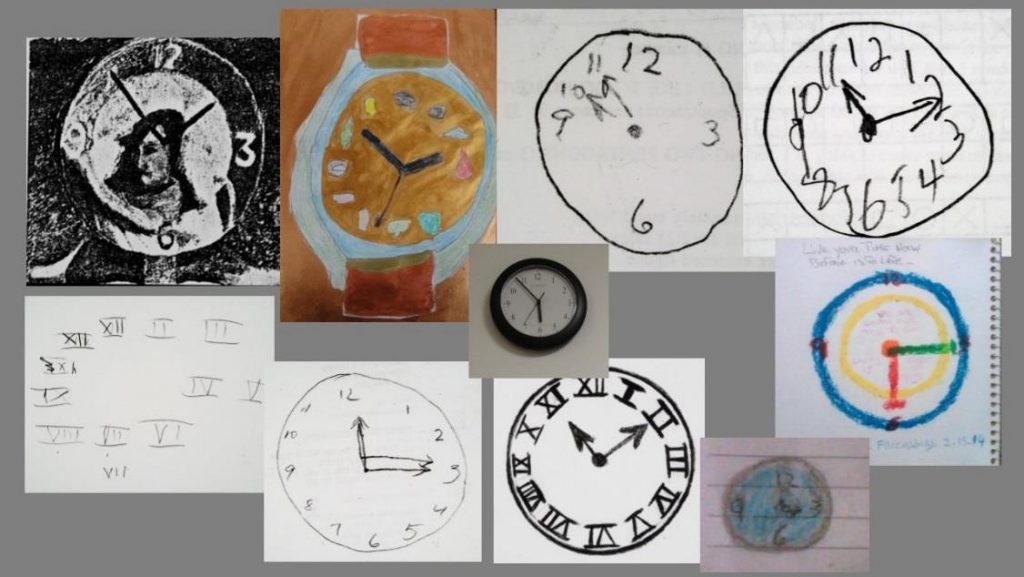By Irene Rosner David, Ph.D., ATR-BC, LCAT, HLM | January 27, 2016 | About Art Therapy
When asked to represent our field and organization on this panel during the Outsider Art Fair in New York, I was both honored and challenged. For decades I have welcomed opportunities to enlighten broadly and promote our work, however this was a new audience for me – outsider artists, outsider art gallery owners, arts-in-business people. I entered this project with the assumption that I would primarily explore aspects of Outsider Art and Art Therapy that may be perceived as overlapping, yet are different. This is a relationship I have pondered in the past, particularly having seen the infamous collection of L’Art Brut in Lausanne, Switzerland.
I embarked upon the presentation by first succinctly defining art therapy and carefully excising it from the ‘outsider’ realm. I acknowledged aspects that are similar, such as art created by those untrained, outside of the mainstream art world and evocative of the creator’s inner life. As for differences, I was emphatic in explaining that it is the process that is prized, versus aesthetics and marketability. Artworks created in art therapy treatment may resemble that of outsider artists, but inherent is guiding the creative process to achieve higher levels of functioning and quality of life.

“Time After Time” – montage of patients’ clocks as a final image in Irene Rosner David’s presentation on the relationship between time and creativity at the Outsider Art Fair in New York.
In the course of preparation and building a power-point, I realized that panelists were asked for something more specific, i.e. how time is experienced and its relationship to creativity from the perspective of our realms. The Outsider Art Fair coordinator proposed the provocative notion in the digital flyer that time tends to stand still for the outsider artist, with repetition of imagery prevalent – whereas for the mainstream artist, the art generally moves or changes. This was thought-provoking in itself, but left me to ponder where the artist in art therapy falls into the concept. It was clearly to elaborate upon the way an artist in art therapy may evolve or progress personally, rather than artistically.
No comments:
Post a Comment